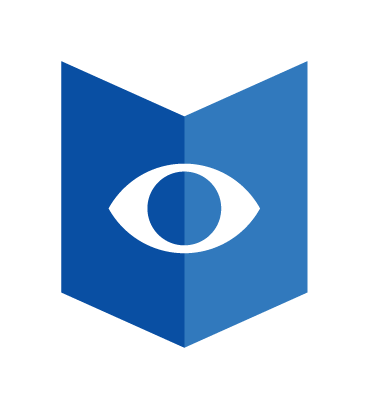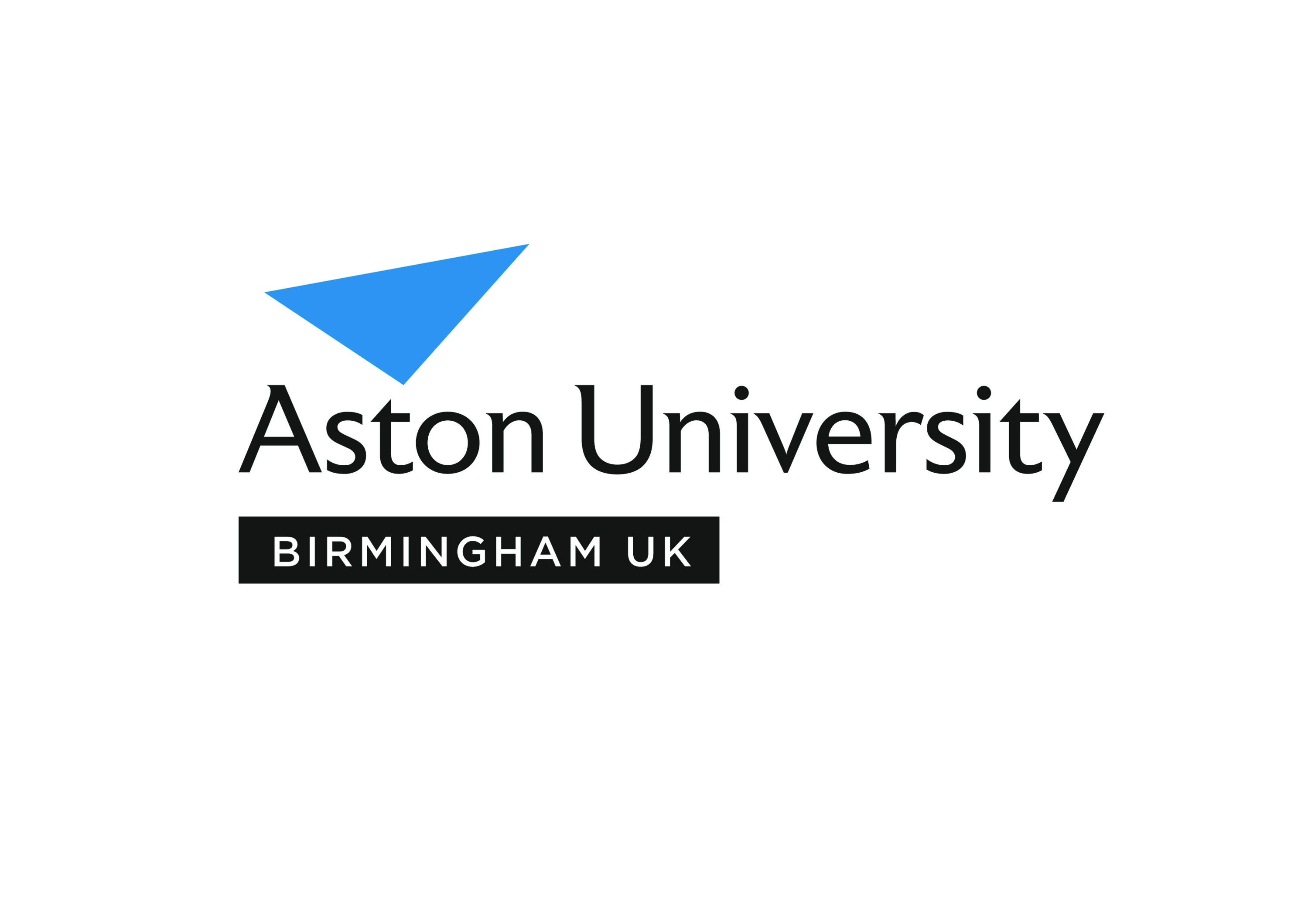- Learning
Embracing Change
Aston’s Corporate Client Solutions team embraced the change of a pandemic-enforced pivot to virtual. The lessons they learned show a path to flourishing results in customised executive development delivered online
To meet these challenges the CCS team had to adopt this new mode of working in a matter of days. That this was fully achieved in such a short timescale is partly attributable to the robust foundations for online delivery that CCS had already put in place.
The team had integrated online solutions as part of their delivery offer since 2010―gradually embedding technology-enhanced networked learning into every program they delivered. This meant a resilient, versatile, and effective foundation of proven tools, ideas, and skills already existed at Aston―which the CCS team and faculty could deploy with relative ease, and in some immediate and creative ways.
A robust Virtual Learning Environment (VLE), and a tool for real-time virtual classroom delivery were fundamental to this deployment, and the CSS team were fortunate in being able to use Aston’s licensed VLE and virtual classroom tools in their programs. They had also―over this period of time since 2010―been developing the online practice and skills of faculty, establishing a core group of program regulars who incorporated online engagement into design and delivery. As many educators have found this year, these skills are hard-won through the unique experience of online delivery―teaching and communicating effectively to a remote audience. This process accelerated when Aston began to step-up the wider online provision of courses across their wider portfolio, especially their successful Online MBA.
As faculty grew in confidence and skill in delivering executive development online, the design of modules could begin to be intentionally adapted to include more innovative practices and techniques, such as more frequent virtual classroom sessions, community of practice forums for capturing program application and impact, and delivery of a range of online materials through the VLE.
Solutions to the specific challenges of delivery under lockdown conditions therefore drew on existing CCS expertise in running online sessions, leading to expansion of the format to incorporate all-day workshops in the virtual classroom environment. CCS also ran refresher development sessions for all of their faculty, to develop more advanced skills and techniques using digital tools, and to redesign and restructure delivery to a format suitable for these longer online sessions.
Face to face workshops were thus adapted as online workshops, the first full-day session being delivered on 24th March 2020―just one day into the UK’s first lockdown period. Several technical issues had to be overcome in those early sessions, but for the most part these were dealt with quickly, and the solutions disseminated widely as good practice.
Other elements of good practice were put into operation too. In the new virtual classroom environment, breakout room affordances supported creative and collaborative independent group work, with participants engaging with one another in real-time and sharing a range of digital resources. CCS team members moderated every workshop so that faculty were reassured by the presence of another skilled person. This was particularly important during small group breakout sessions, and during plenary presentations when participants sometimes needed enhanced assistance.
Online environments make different demands on faculty than face-to-face delivery. There are far fewer of the non-verbal cues and communication modes available, and there will inevitably be the occasional tool-related issue to attend to. The intensity of concentration required is consequently greater, and faculty reported greater levels of fatigue after working in these conditions.
Through this experience, one important lesson learned was that careful attention to the pacing and timing of each workshop session really pays off. Fifty minutes became a good rule of thumb for session length, interspersed with short breaks away from the screen. As one participant noted, “the 50-minute work and 10-minute break worked very well for me." A schedule for the day posted at the start of each session helped manage expectations: participants knew when they might next expect to be able to stretch their legs, grab a coffee, or have a bite to eat.
Participant engagement was remarkably good given the new constraints, and particularly so in the breakout and follow-up plenary sessions. CCS faculty began to make more use of these sessions, extending their duration to allow groupwork to develop into more detailed presentations, or in-depth analysis and discussion. Participants could be assigned to breakout sessions randomly throughout the day, or self-managed as scheduled assignment groups, depending on context and need.
The beneficial effects of well-structured online delivery―emergent properties of this sudden pivot to the online environment―is very well expressed by one participant, who says of their online experience, “I thought the Web sessions worked very well. I have never been a fan of them in the past, but now that we have been forced to embrace them, I think the format works well.”
Over 50 years of pioneering commitment to research, teaching and enterprise has made Aston internationally renowned for delivering local and global impact. We have a bold vision for collaboration with our clients, creating and sharing the vital knowledge that helps them tackle their most pressing real-world challenges.
ARTICLES YOU MIGHT LIKE
VIEWPOINT
For Thomas Misslin, transformation rather than training is the aim of executive education at emlyon business school
DEVELOPING LEADERS QUARTERLY MAGAZINE AND WEEKLY BRIEFING EMAILS


































